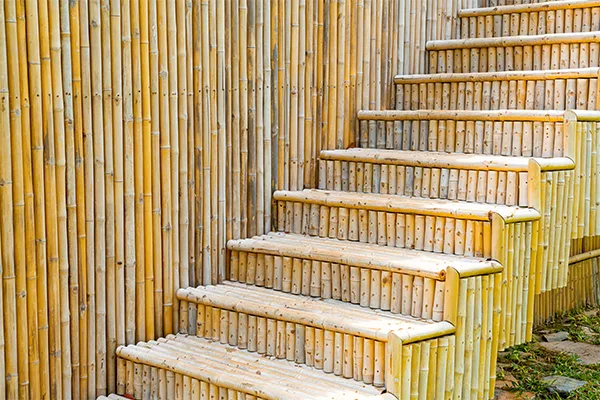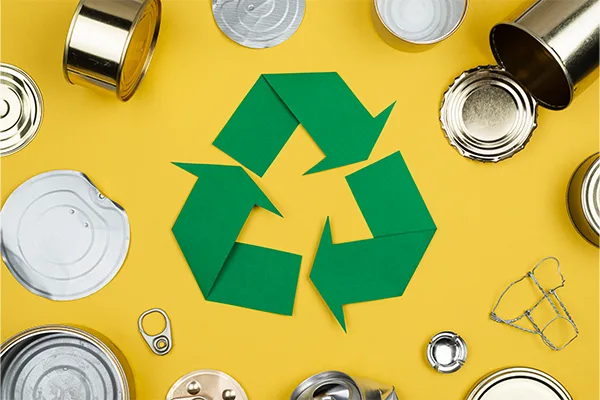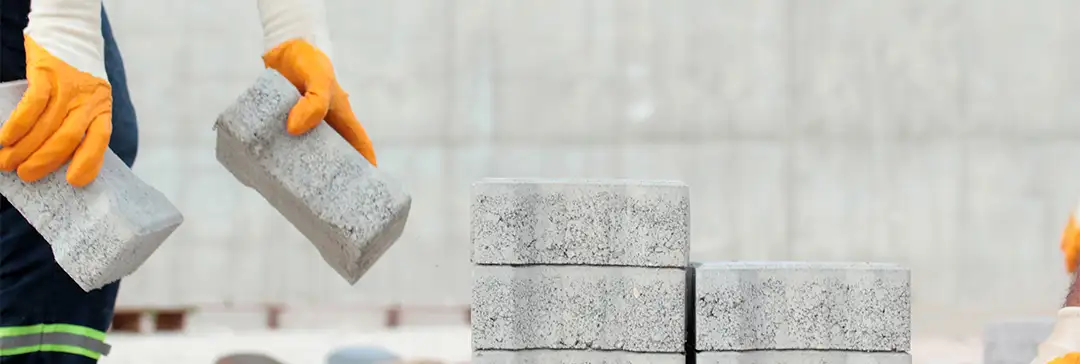The growing popularity of sustainable building materials can be attributed to their low carbon footprint and minimal environmental impact. These materials are made to minimise waste, conserve natural resources, and use less energy. So, let’s explore all the basic info about sustainable construction materials.
What Are Sustainable Construction Materials?
Sustainable construction materials and products are not harmful to the environment. They also promote resource conservation or environmentally friendly production methods. Put differently, eco-friendly building materials improve the environment rather than cause harm to it. Using sustainable materials in construction is one of the best ways to implement sustainability. Sustainable building materials are also called Green building materials, Environmentally friendly building materials, Eco-conscious construction materials and Low-carbon footprint building materials.
These materials help to protect the environment by reducing the carbon footprint of the buildings that use them. They support a cleaner earth and a sustainable future, along with being visually pleasing and far more effective.
9 Best Green Building Materials Used in Construction Industry
The following are the best sustainable building materials:
1. Green Concrete
Green concrete is made by substituting basic ingredients like cement, or fine aggregates, or coarse aggregate with waste material. These waste materials include fly ash, manufactured sand, rice husk ash, blast furnace slag, glass aggregate, recycled demolition waste aggregate, and recycled concrete aggregate. Hence, this way, all these waste materials can be converted as recycled construction materials in the form of green concrete. Green concrete is an excellent material for both residential and commercial projects because it is strong and long-lasting. However, large construction projects may encounter difficulties because it takes more time and labour to mix.
2. AAC Blocks
In the construction industry, autoclaved aerated concrete, or AAC, blocks are rapidly replacing conventional bricks. AAC is very easy to handle and work with because it is up to three times lighter than regular bricks. The thermal efficiency of these AAC blocks is one of their main advantages. They keep the house cosy all year round while reducing the need for heating and cooling. The ACC blocks are more fireproof than ordinary blocks.
3. Bamboo

Bamboo could be the perfect alternative for wood as a renewable construction material. Bamboo resembles wood, but it regenerates much faster than trees because it belongs to the grass family. Depending on its type and location, bamboo can grow up to three feet a day, making it one of the fastest-growing plants on the planet.
Beyond just its quick growth rate, bamboo has many other sustainable qualities. Bamboo is a great biodegradable construction material choice when building arches, curved roofs, and other architectural features requiring some flexibility. Because of its flexibility, it can be bent and curved without breaking, which makes it a useful material for them.
4. Cork
Similar to bamboo, cork grows very quickly. It can be extracted from a live tree still developing and producing fresh bark or cork. Even after being compressed, the cork regains its flexibility and durability, taking on its original form. This environmentally friendly building material is often used in floor tiles because of its durability and toughness. Its superior shock-absorbing qualities also make it perfect for subflooring and insulating sheets. It is also very good at absorbing sound. It is also a good thermal insulator because it doesn’t release any toxic gases during combustion.
5. Straw Bales
It’s another renewable construction material that can be used for framing. They have good insulation properties and can be used as materials for soundproofing. Because it keeps air from passing through, it can also be used as filling material in beam frameworks and between columns. Straws can be easily harvested and replanted without harming the environment. To keep the house warmer in the winter and colder in the summer, straw can also be hung from walls, ceilings, and attics.
6. Rice Husk Ash Concrete
Concrete is frequently used in construction projects because it is sufficiently strong, impermeable, and long-lasting. One of the more expensive ingredients of concrete is cement, which is in constant demand worldwide. Thus, in order to keep building costs under control, it’s imperative to use modern waste materials, mineral admixtures, and other materials to meet the growing usage of concrete. Agricultural wastes such as rice husk ash (RHA) can be used to make concrete that is more effective and has better properties such as impermeability, strength, workability, and resistance to corrosion of steel reinforcing.
7. Hempcrete
An environmentally friendly building material called hempcrete is derived from hemp plant stalks. Its insulating qualities are well-known, and it’s made of hemp, lime, and water. Hempcrete is an excellent material to use when building eco-friendly homes because it is strong and fireproof.
8. Timbercrete
This energy-efficient construction material is a blend of concrete and sawdust. It is lighter than concrete and produces fewer greenhouse gases during transportation. Moreover, sawdust recycles waste and replaces a portion of the labour- and energy-intensive components of traditional concrete. Common shapes for timbercrete include bricks, blocks, and pavers. In addition to being incredibly durable and highly fire-resistant, it is also better at insulation than brick, clay, or concrete.
9. Reclaimed Or Recycled Metal

Recycled steel is a strong, environmentally friendly, recycled construction material. It does not lose its strength due to the recycling process. In addition to being fireproof, steel is resilient to natural calamities like hurricanes and earthquakes.
Conclusion
On a final note, sustainable construction materials are beneficial to human health and the environment. I hope that this guide has been informative and helpful in helping you make environmentally friendly decisions in the future.

